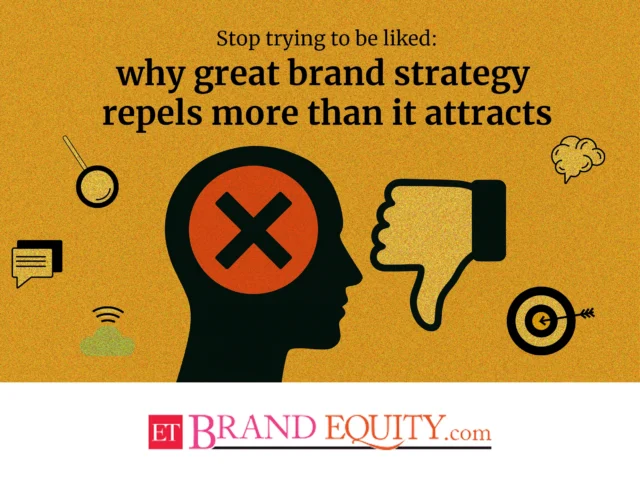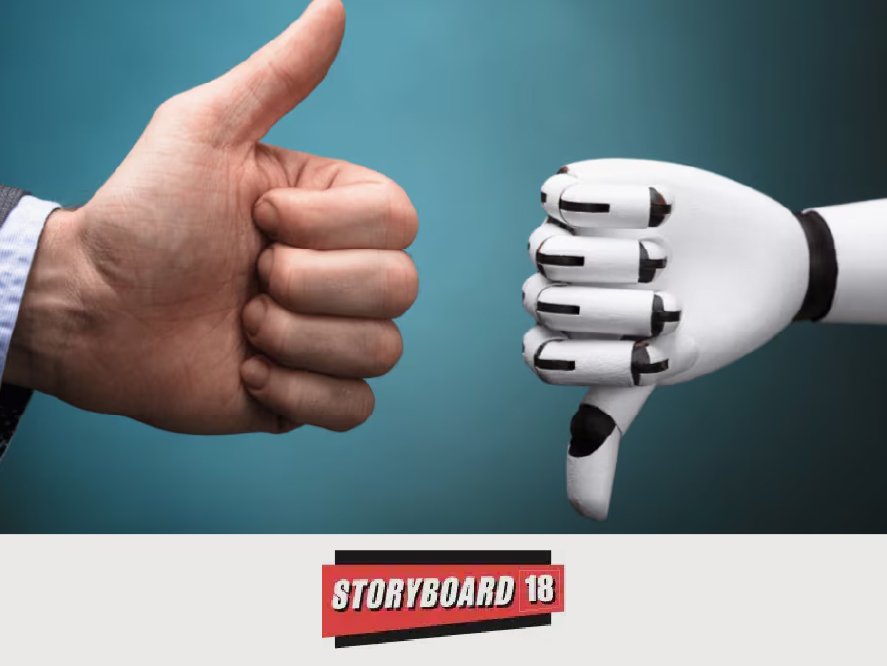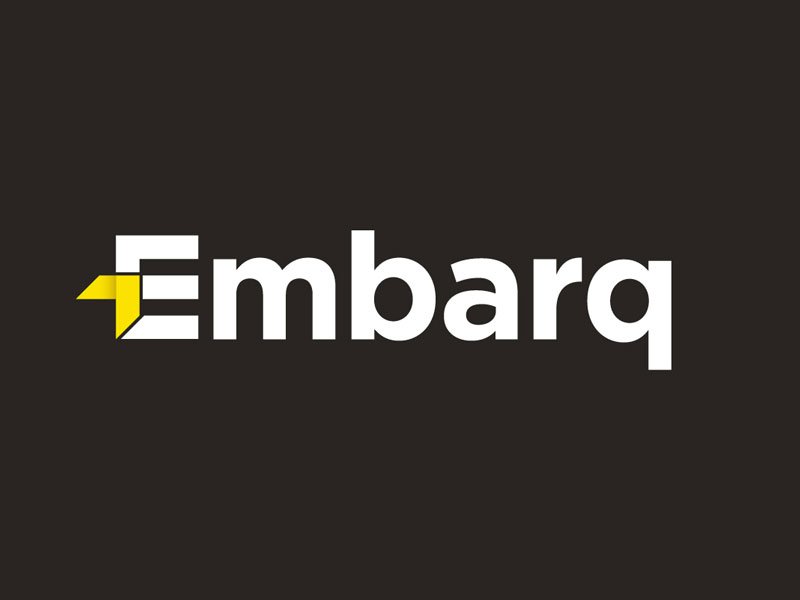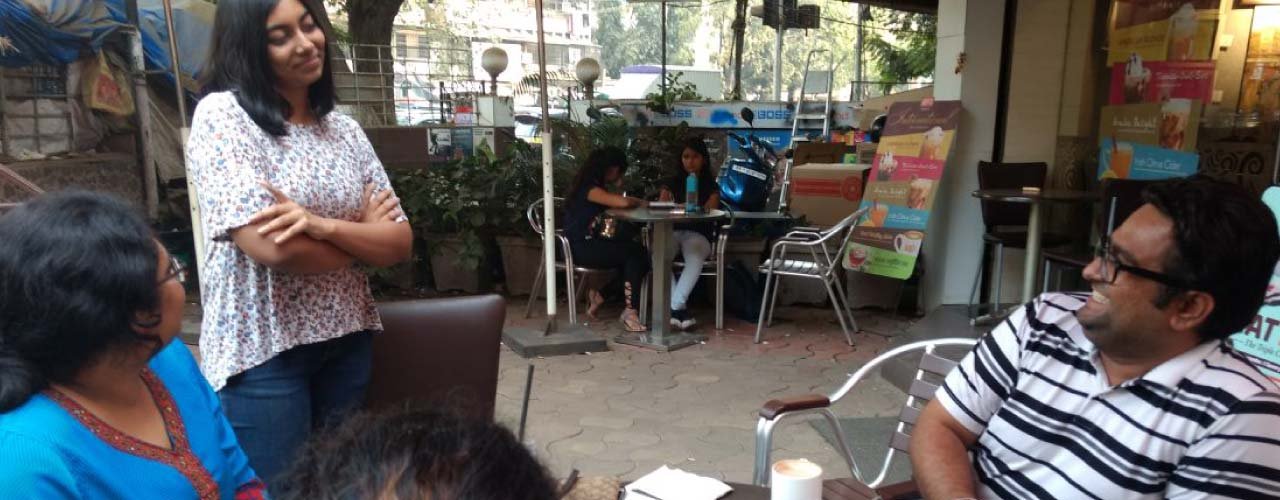There’s this bizarre idea floating around boardrooms, branding decks and client WhatsApp groups, that a good brand should be liked. Liked by everyone. Liked by boomers, Gen Z, housewives, hipsters, HNIS, CFOS, CXOs, startup bros, school kids, maybe even aliens if they’ve got purchasing power.It’s not just unrealistic. It’s dangerous.Because when your brand’s strategy starts chasing likes, what you get isn’t mass appeal. You get mass confusion.And what gets lost in the noise? Clarity. Identity. Direction. In other words, everything that makes a brand a brand.
Polarity isnt’t Marketing , its architecture.
When a brand tries to please everyone, it doesn’t just go soft in tone. It crumbles at the core. Most brand architecture decks I see are filled with stretched umbrellas, bloated brand extensions, and logos that want to hug the whole world. Nobody wants to say no to anything. Or anyone.
But the best brand architecture systems exclude by design. They make sharp calls on who this błand is for, and who it’s absolutely not for. And they allow sub-brands or endorsed units to go deep into specific audiences instead of watering down the masterbrand.
Take a look at Tata. You’ve got Tanishq for aspirational, design-conscious jewellery buyers. Titan for the middle-class wristwatch. Croma for consumer electronics. Tata Motors for transport and utility. Each has its own identity and strategy. Contrast that with conglomerate group brands that force fit everything under one name, terrified that they’ll lose recall if they let go. They might get remembered but sometimes for the wrong reasons.
Polarity isn’t a bug in a architecture. It’s a whole point.
Positioning that doesn’t rule people out its just wallpaper.
Here’s the thing, if your brand positioning sounds like a horoscope, not a positioning.”Empowering people to live better lives.””Helping the world connect through meaningful innovation.” “Creating value through customer-centric excellence.”
What does that even mean?
Great positioning doesn’t just attract. It repels. It tells a certain kind of person: this isn’t for you. ATesla didn’t start out as “eco-friendly mobility for all.” It was a car for people who wanted to show off that they were saving the planet, with a to 100 in 3.1 seconds.Boat isn’t “premium audio for everyone.” It was built for desi swagger. Loud, proud, Bollywood-tuned. You think they cared about what Sennheiser fans thought?
Paper Boat made a gutsy call early on. They didn’t go after “all Indian beverages for all people.” They focused on nostalgia. Select flavours. Indian packaging design that felt emotional, not mass-produced. It was an identity-first brand from day one. They didn’t want to win every shelf. They wanted to win meaning.The way I see it, if your brand positioning doesn’t scare your sales team just a little, it’s probably too soft.
Belief are only strong if they invite disagreement
A lot of brands confuse being relatable with being liked. So they pick “safe” values, the usual suspects: trust, innovation, empathy, customer-first.But brand beliefs aren’t supposed to be soft blankets. They’re supposed to be sharp knives. You can’t stand for something unless you’re willing to stand against something too. That’s what gives the belief system teeth.Harley-Davidson doesn’t just stand for “freedom.” It stands against the sanitized, rule-bound culture of “normal” society. You buy a Harley not just to ride but to belong to the rebellion.
Honda, on the other hand, stands for reliability, sensibility, and mainstream appeal. Great. But put Harley and Honda next to each other and ask: which one feels like a belief system, and which one feels like a brochure?Brands with sharp beliefs know that trying to please everyone is the fastest way to please no one.
Remember when CRED dropped their campaign with Rahul Dravid smashing cars and screaming in traffic? Some people were confused. Others thought it was genius. But almost nobody said, “meh.”
And that’s what made it work.
From the tagline “Not everyone gets it”, to the visual aesthetic, to the choice of brand ambassadors, they weren’t trying to appeal to your uncle in Baroda who wants cashback offers. They were targeting urban, early-adopter, meme-literate, value-conscious but design-aware Indians. And they leaned in hard. That’s brand strategy with teeth. Not another brand doing another campaign trying to be “youthful yet trustworthy.”
So what’s the real takeaway?
Trying to be liked is a branding disease.
It starts small in positioning statements that sound like wedding vows. Then it infects architecture, messaging, visual identity, belief systems -everything. And before you know it, your brand is a beige smoothie. With a smile.
The brands that win aren’t the ones with the most likes. They’re the ones that stand for something so clearly, so sharply, that the right people see them and say: “Yes. That’s mine.”
And the wrong people? They can scroll past
Let them.
Originally Published: https://brandequity.economictimes.indiatimes.com/news/marketing/land-in-10-minutes-zepto-adds-realty-to-quick-commerce-offerings/123363174



































